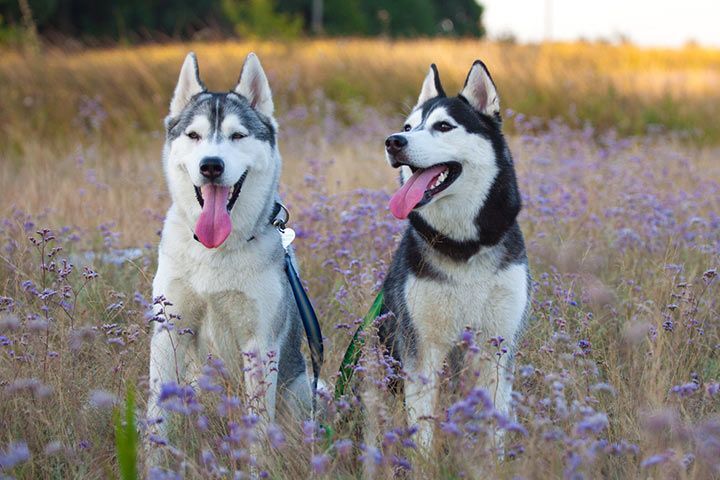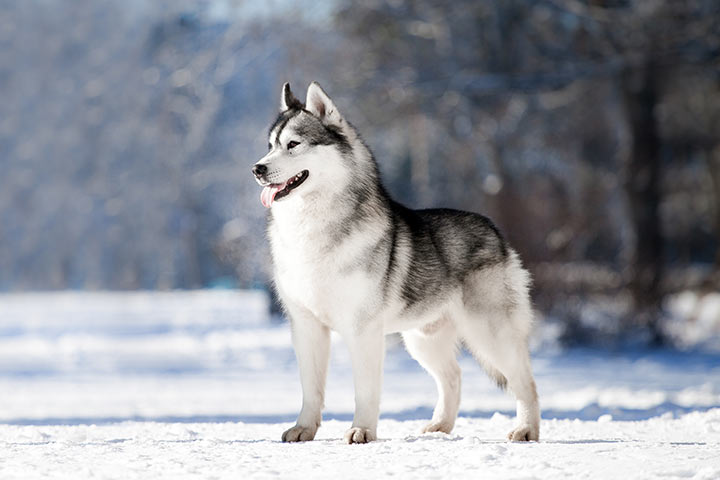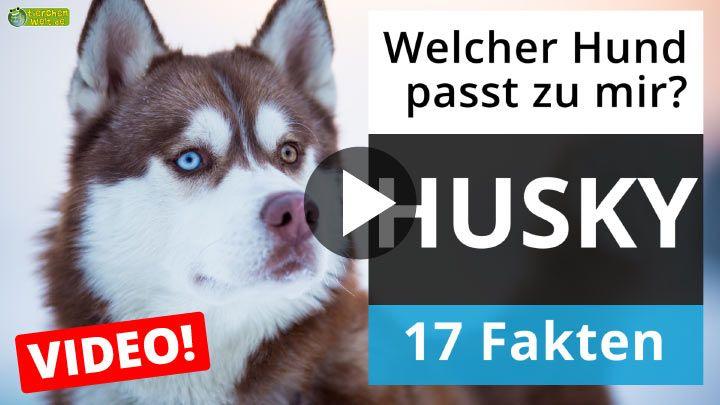Siberian husky
Siberian Husky
| size | 50-60 cm |
| Weight | 15-28 kg |
| origin | France, Belgium |
| colour | white with spots; multicolored |
| lifespan | 12-15 years |
| Suitable as | Family dog |
| character | adventurous, attentive, independent, sociable, headstrong |
| Spout | |
| Drooling | |
| Hair | |
| Grooming |
Breed description
Huskies have beautiful eyes and a nice, thick fur with many exciting drawings. They have a very loving , kind , open nature , are always happy and cheerful. They are also very lively dogs who especially love to walk long and far. They also like to dig and are also very curious. That is why they are notorious as "outbreak artists". It almost seems like they can escape anywhere, like the great escape and magician Harry Houdini. It sounds funny at first, but there are too many roads and too many cars - so you should take good care of unsecured doors and check fences for gaps.
benefits
- easy to educate
- gets along well with other dogs
- does not drool
- good for sporty people
disadvantage
- not a "beginner" dog
- hairs moderately much
- howls a lot
- needs a lot of exercise
- not a good watchdog
- doesn't get along well with small animals
• Video: is a husky the right dog for me? (opens YouTube / new browser tab)
Education and training
Huskies are extremely friendly , open-minded and obedient dogs , but their training requires a lot of skill and experience. They like to test their limits, so it is important not to give in, but to calmly and definitely make it clear who is the “pack leader”. That requires a lot of discipline! Huskies are more for experienced dog owners.
Appearance
Not all huskies have blue eyes. You can also have brown eyes - or one blue and one brown! Most of them have white fur on their paws, legs, face and tail tip. The most common is a combination of black and white, but there are also red and white, gray and white. The most exciting are the diverse drawings on the face - every husky looks really unique!
Grooming
Twice a year, huskies lose a lot of hair when changing their fur. Otherwise, however, are in the midfield. His fur should be brushed well at least once a week.

Rescuer
Because their warm fur also copes with colder temperatures, they use the Eskimo as sled dogs. The following heroic story proves how great their physical and mental endurance is.
In 1925, diphtheria broke out in a city in northwest Alaska - an infectious, life-threatening infectious disease. The city was snowed in, so only dog sleds had a chance to reach it. In just under 6 days, various dog sledding teams traveled 1085 km to bring the life-saving serum to the city. At -46 to - 65 degrees Celsius! In addition, they also had to fight with strong wind and snowfall, which is why dog and human could hardly see anything.
Husky Balto, the leading dog on the last section of the route, became particularly famous as a result. But even on the most difficult and longest route (146 km in a row) a husky was the leading dog. Without the extraordinary sense of orientation and smell of Togo, the sled dog handler would never have reached the stage goal.

history
At the beginning of the 20th century, the huskies came to Alaska from Siberia. It is believed that his name was originally Esky, almost as a nickname for the Eskimos dogs. At some point this became husky.
Already knew?
Huskies barely bark. They like to cry for that. You should know that!
Similar dog breeds


Comments
Post a Comment